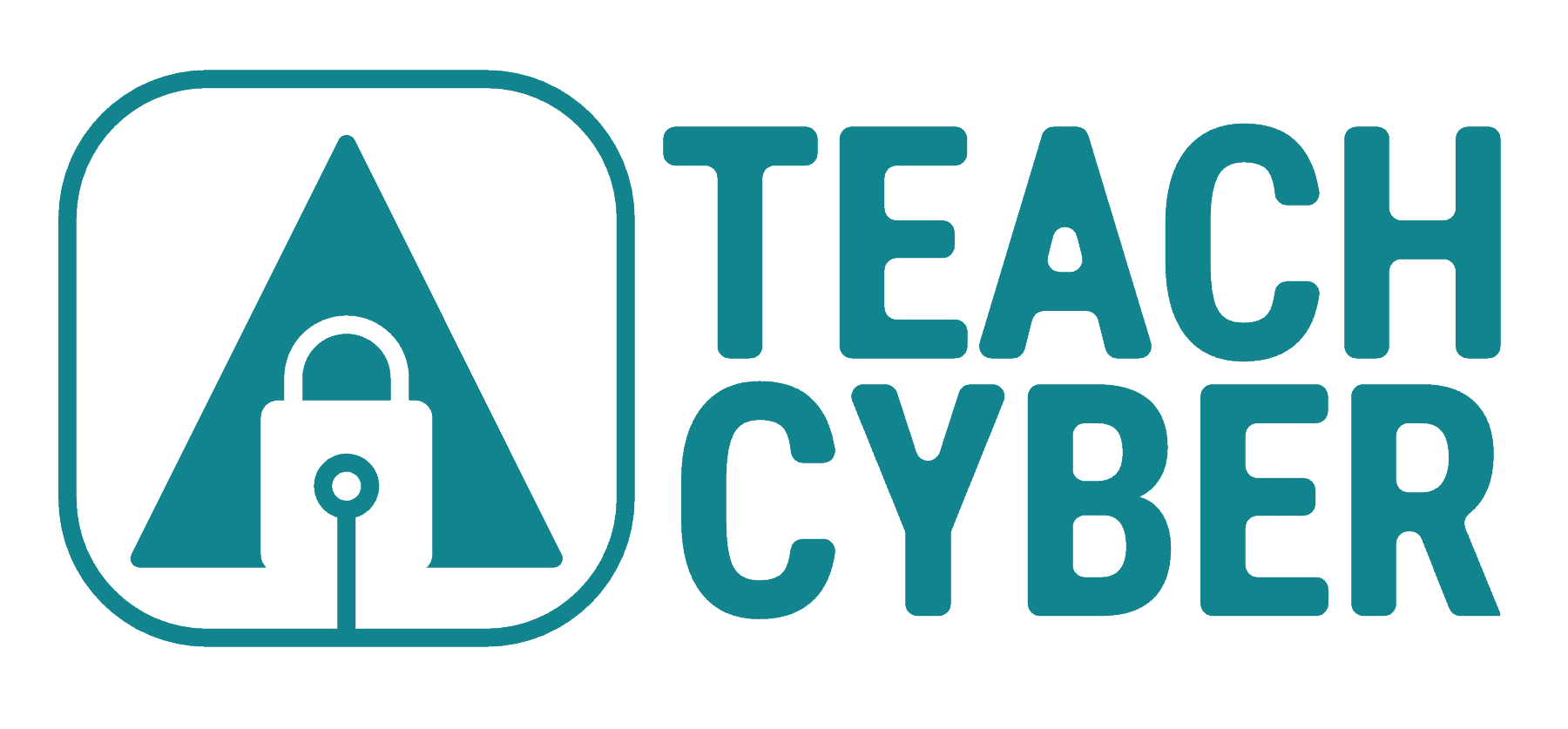Unit 6 – “Security is Not Free”
8 Days
The sixth unit looks at how economics shapes cybersecurity decisions in the United States of designers (hardware, software, network technology and service providers), businesses and entities that rely on cyberspace for some-most-all of their operation (manufacturing, energy, food and agriculture, emergency services, financial services, transportation, etc.), and consumers (the end user who is the cyberspace citizen). Students identify key stakeholders and understand their motivations and interests in cybersecurity decisions. The consequences of competing interests, the costs of malicious cyber attacks, and the impact to the economy when cybersecurity is not prioritized are explored in this unit.


